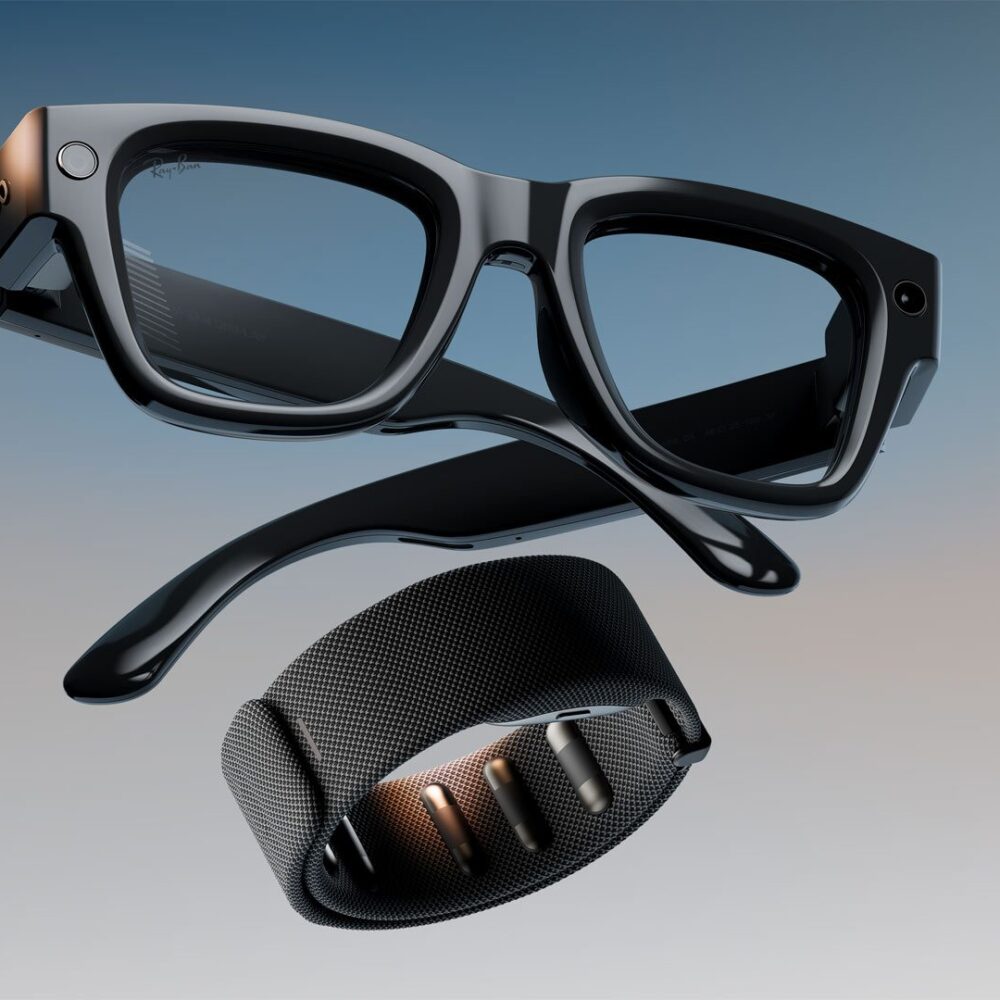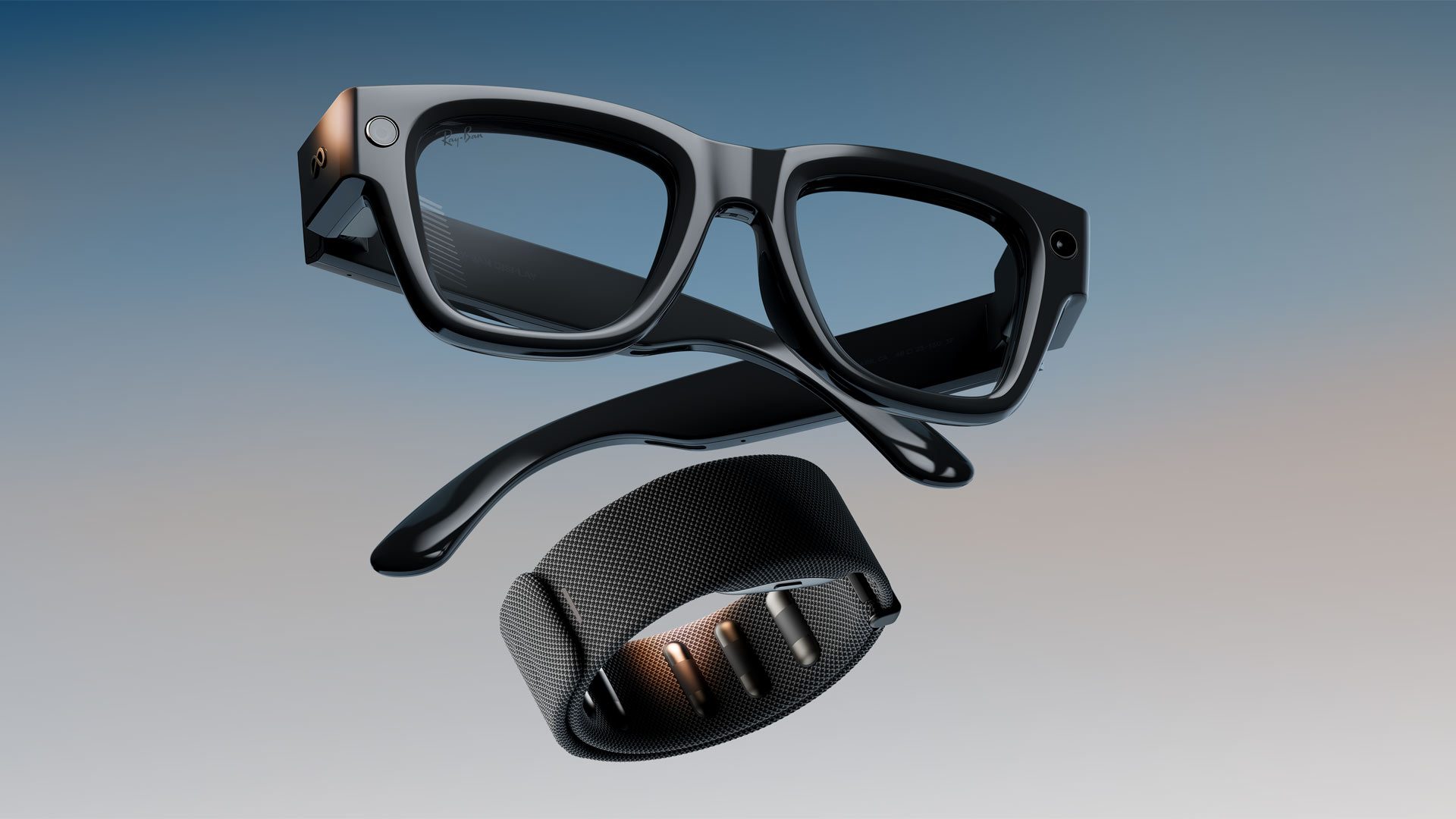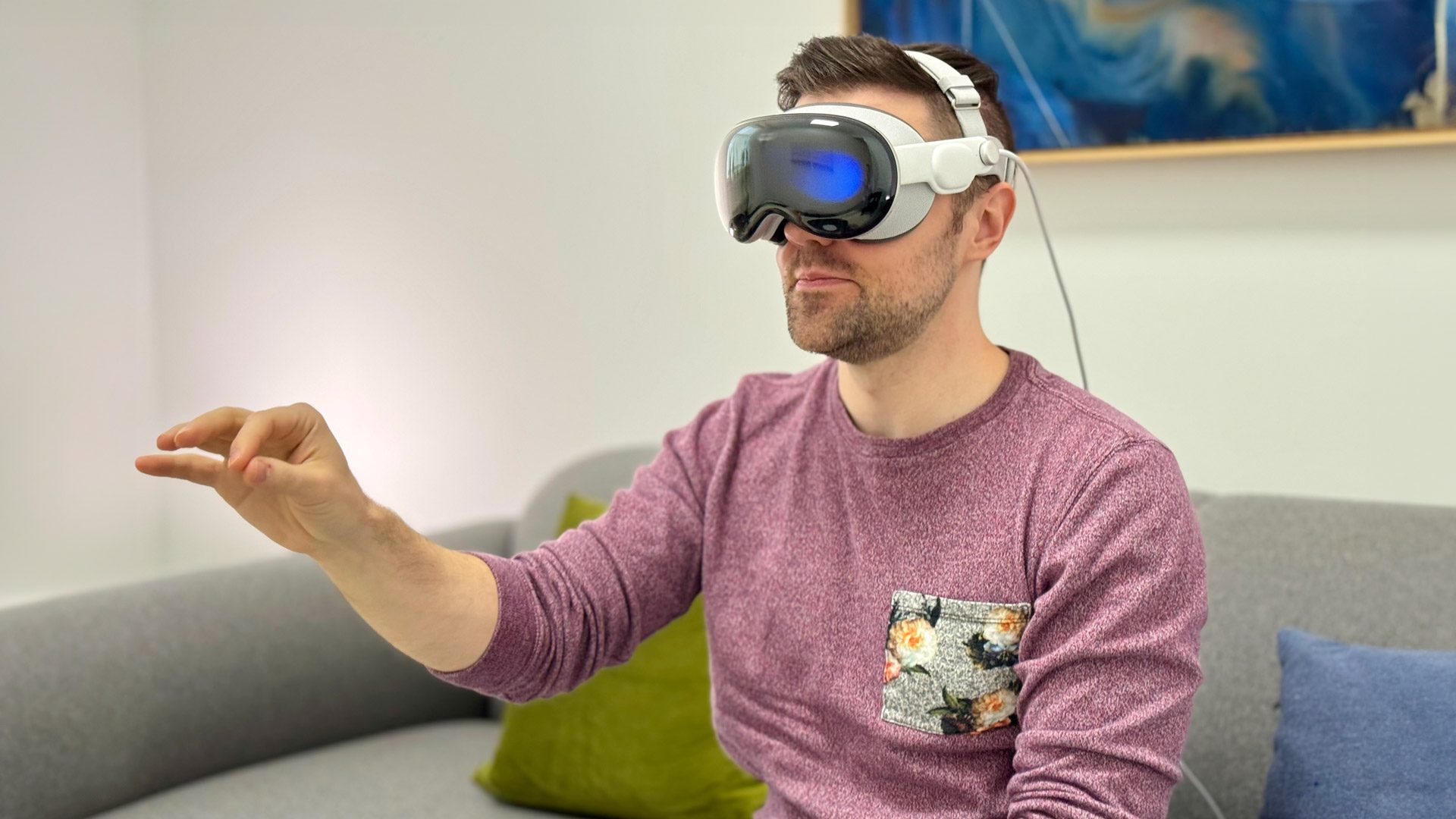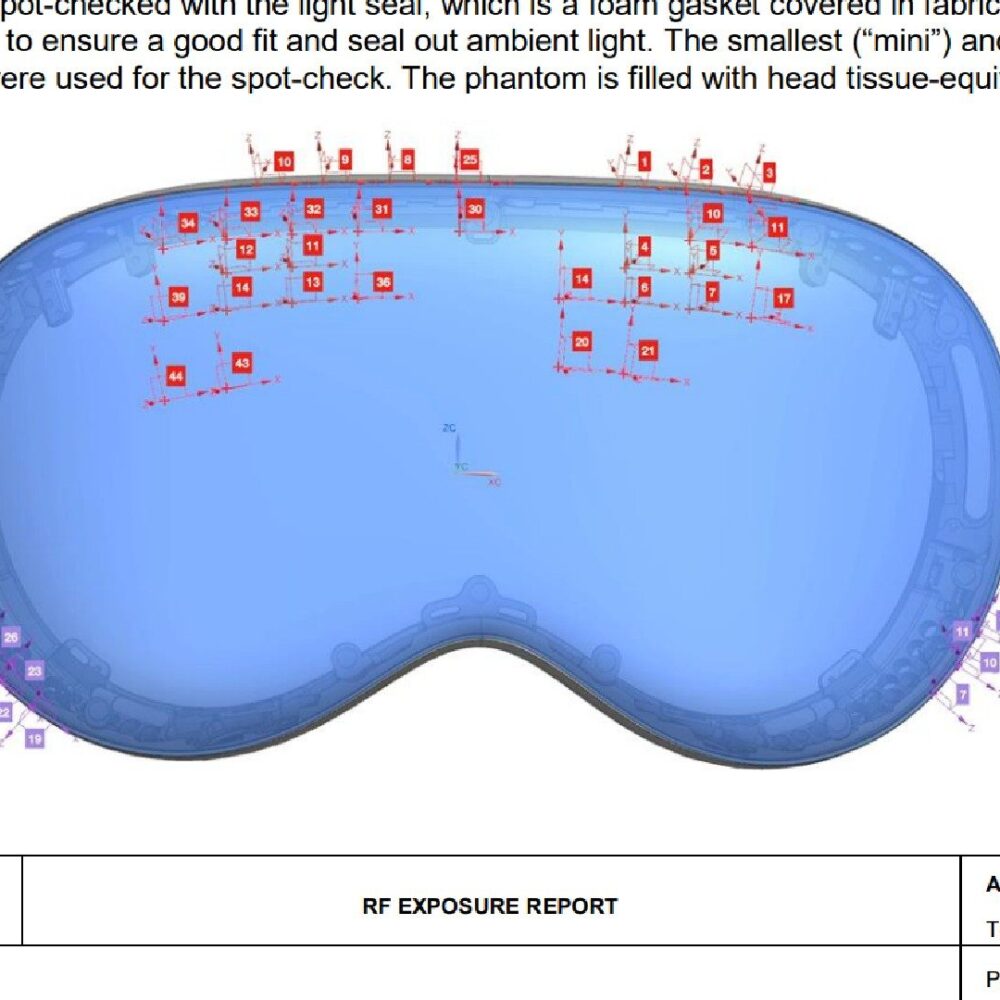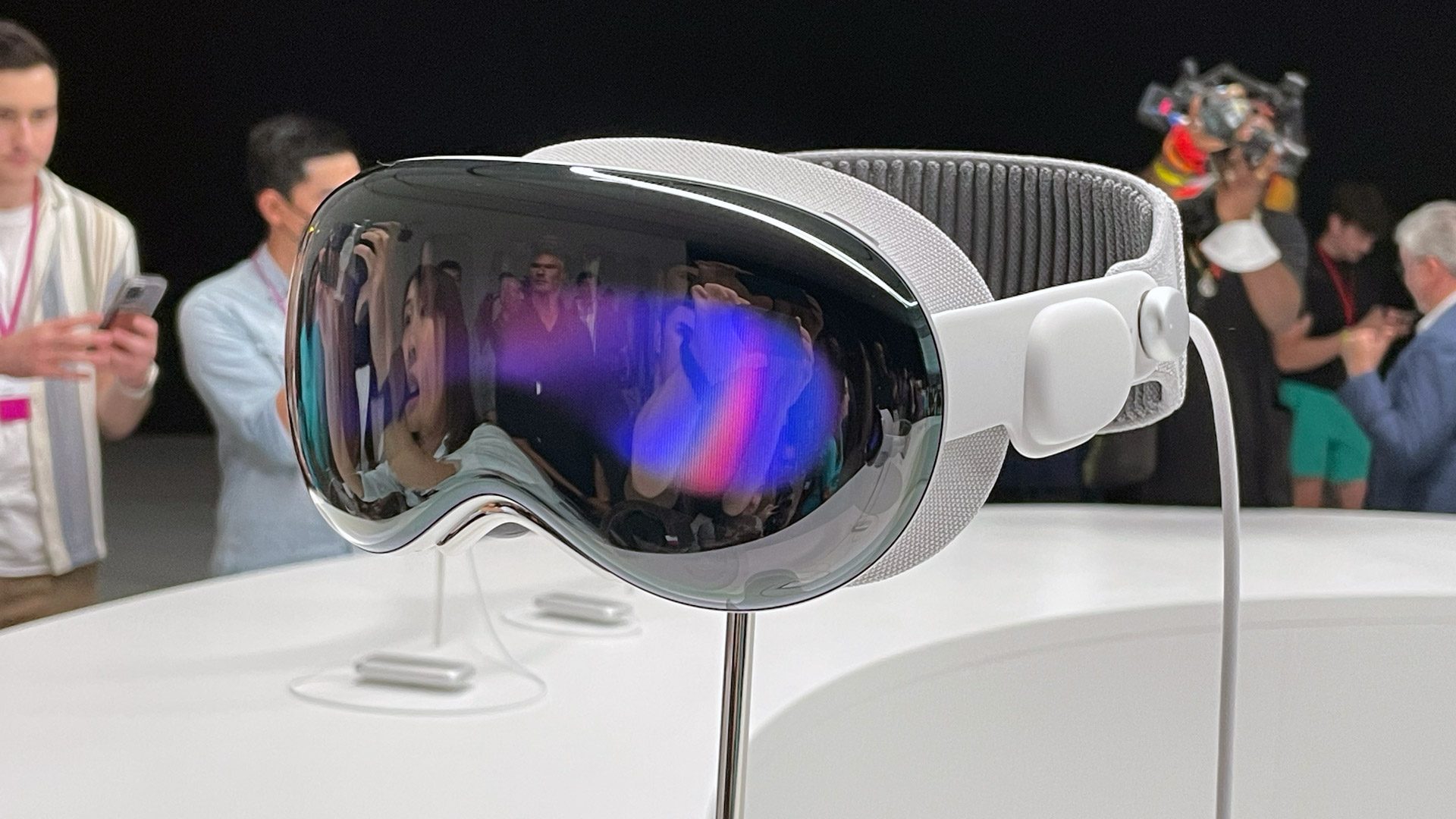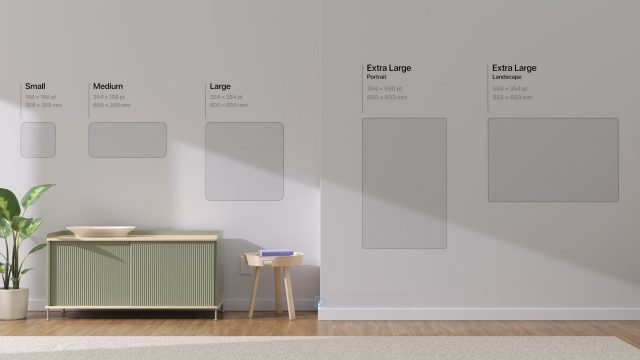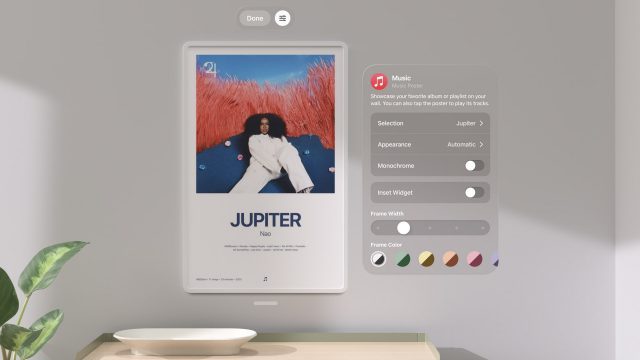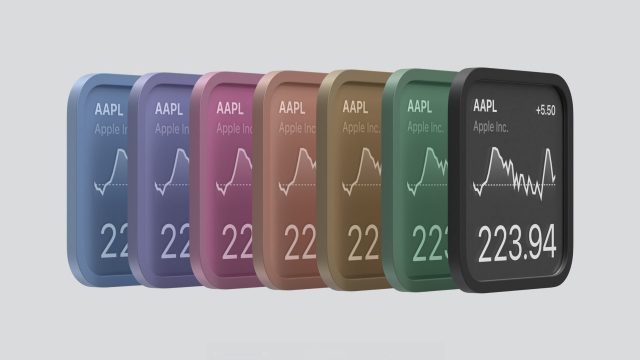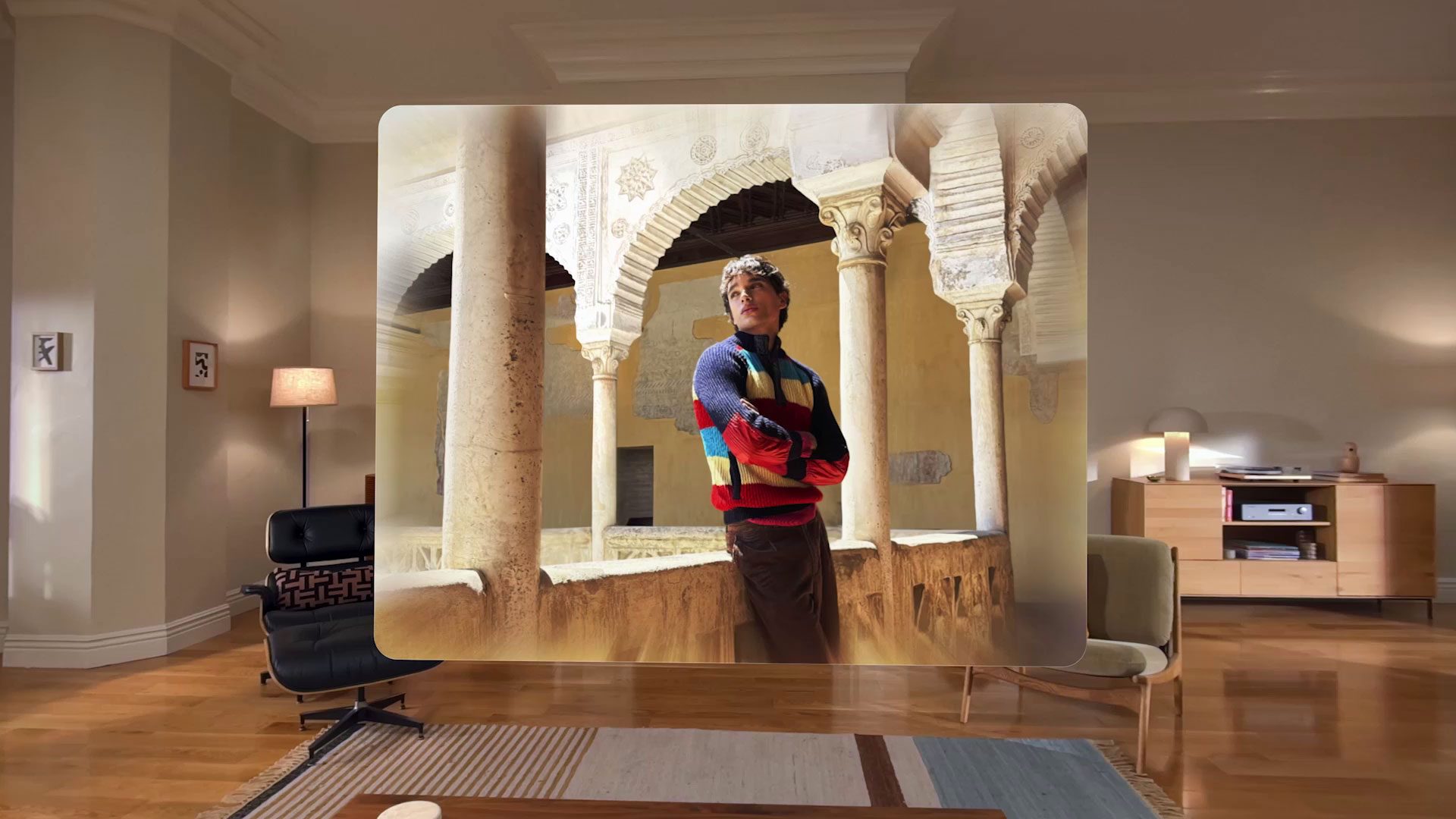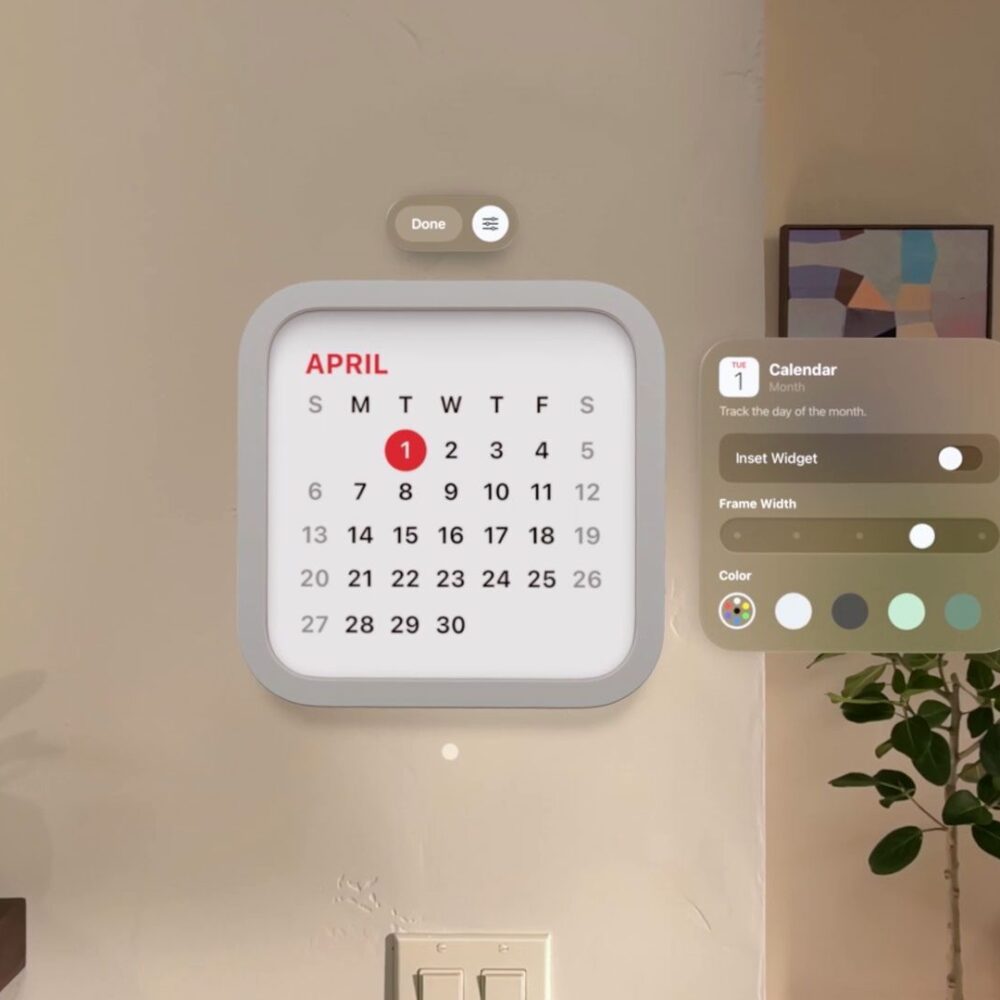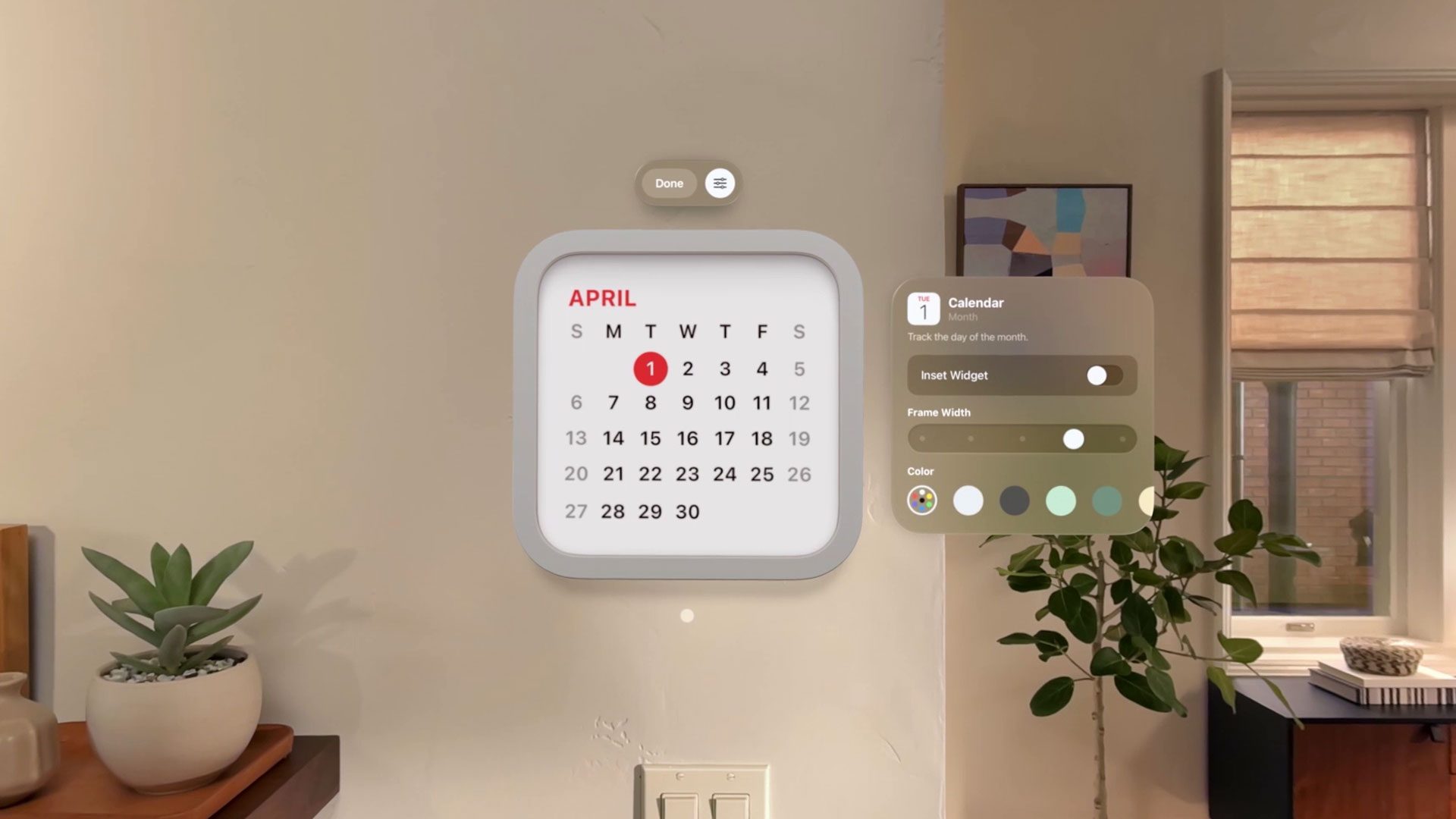Apple announced the next slate of immersive content is on its way to Vision Pro, this time bringing an immersive documentary from Real Madrid and some extreme sports from Red Bull.
First reported by GQ Spain and later confirmed by Apple, next year Apple and Spanish football club Real Madrid are teaming up on a new immersive documentary, coming exclusively to Vision Pro.
The documentary, which hasn’t been named yet, is filmed with over 30 Blackmagic immersive cameras during the 2025-26 Champions League, which pitted Real Madrid against Italian football club Juventus.
Apple says the immersive documentary “brings viewers inside the world’s most decorated club, capturing moments from practice to the pitch with a level of access that fans have never experienced before.”
Also coming to Vision Pro is the first installment of World of Red Bull in December, which Apple announced a few months ago.

World of Redbull is a new series of immersive experiences that will start with ‘Backcountry Skiing’, featuring the world’s top freeskiers taking on the wilderness of Revelstoke, British Columbia. That’s scheduled to land on Vison Pro on December 4th.
The next episode, called ‘Big-Wave Surfing’, is slated to let viewers follow elite surfers off the remote coast of Teahupoʻo, Tahiti, which is scheduled to arrive sometime next year.

